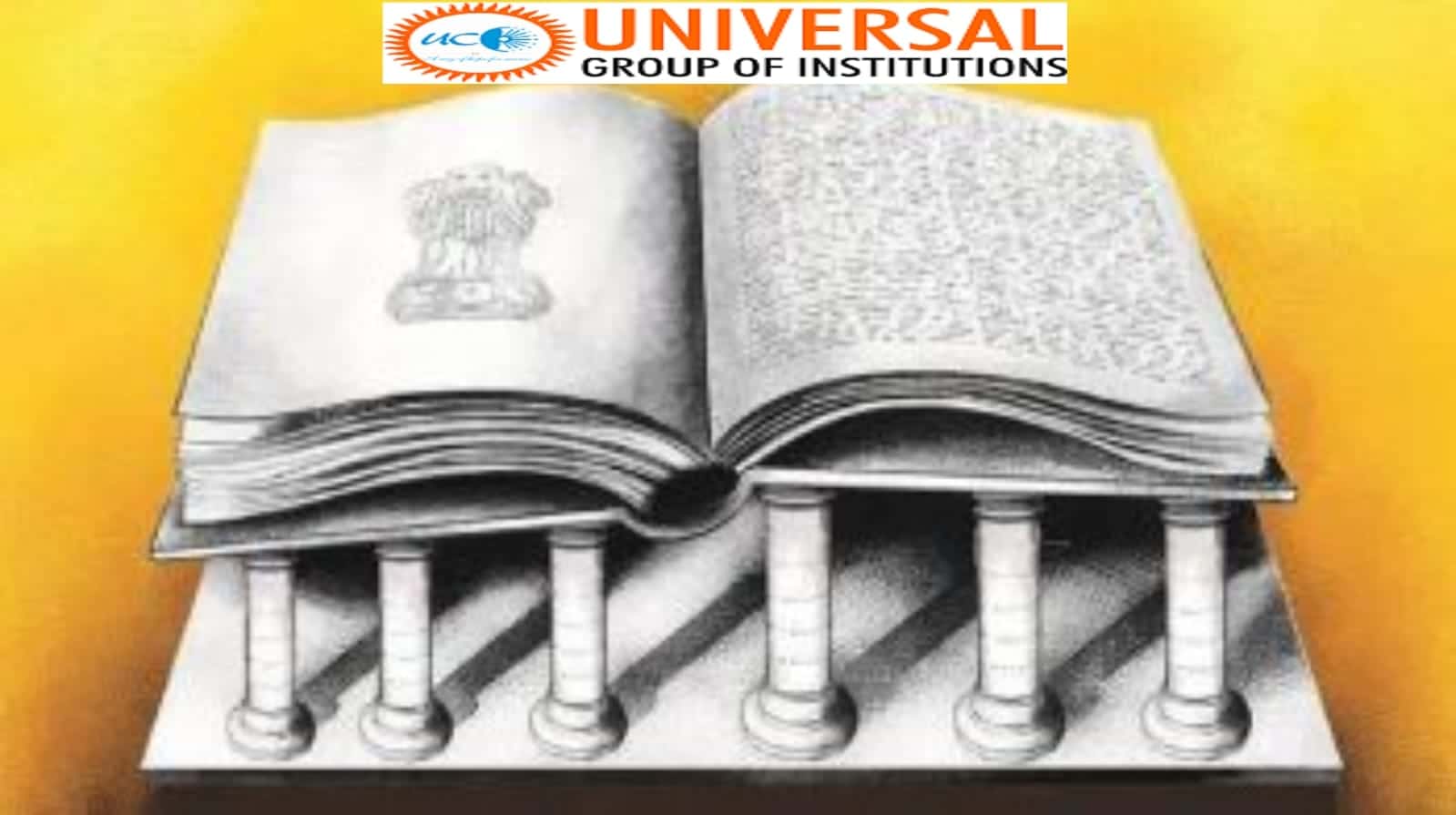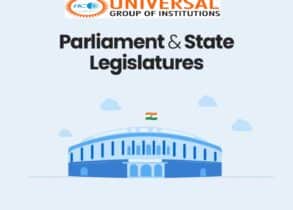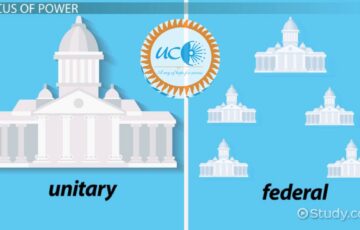Indian Constitution
Q. “The Indian constitution was created borrowing ideas from a multitude of sources giving it unique characters that suit the unique nature of Indian society.” Analyze.
Answer:
B.R.Ambedkar, the Chairman of the Drafting Committee of the Constitution stated that the Constitution of India has been framed after ‘ransacking’ all the known Constitutions of the World.
| Weimar Constitution | Suspension of Fundamental Rights during the emergency |
| Canada | Idea of federation with a strong center Distribution of powers between the center and the states Residuary Powers with the center |
| United Kingdom | Parliamentary type of government |
| Japan | Procedure Established by law |
| Russia | Fundamental Duties, Idea of Justice |
| Ireland | Directive Principles of State Policy, Election of President Nomination of members in the Rajya Sabha |
| United States | Preamble of the Constitution, Fundamental Rights , Judicial review |
| Australia | Concurrent list, Provision regarding commerce, trade and intercourse |
Yet, the constitution makers did not merely borrow the features of the constitutions, rather they adopted it in a unique manner in such a way that it suits the nature of society overall. This is visible in the following ways:
- Secularism: The western concept of secularism requires complete separation of religion and state. The religion is relegated entirely to the private sphere and has no place in public life whatsoever. However, in India the state supports all religions equally.
- Parliamentary form of government: Although borrowed from the UK Constitution, we have not completely adopted parliamentary sovereignty rather we balanced it with judicial review.
- Federalism with Unitary bias: Although mainly a federal system, the Indian Constitution adopted a unitary bias for emergency situations. The nature of the state is such that there is a tendency of secession from many states.
- DPSP: The principles are made non justiciable because the State lacked capacity to implement it.
- Amendment: The Constitution is a blend of flexible and rigid procedures where states have role to ratify the amendments which change the federal structures. Such an adoption process ensures that the states get a role in deciding the Constitutional division of powers.
Yet, the Constitution is not completely a mere borrowal of the provisions rather it also includes our own innovations such as the provisions for National Commission for SC, NCST, NCBC, creation of Schedule V and Schedule VI areas and along with that the creation of Schedule VIII scheduled languages to protect the multiple diversity, ethnicity etc.









